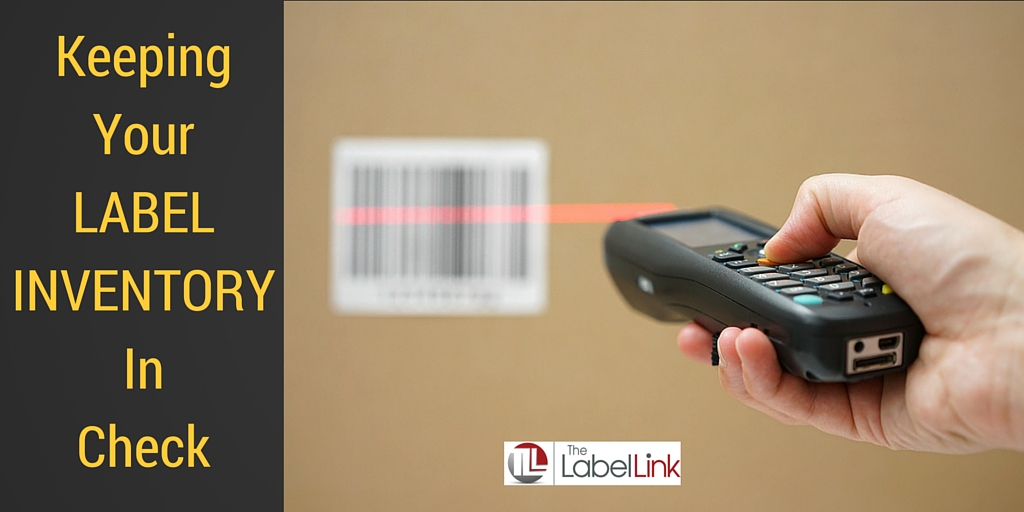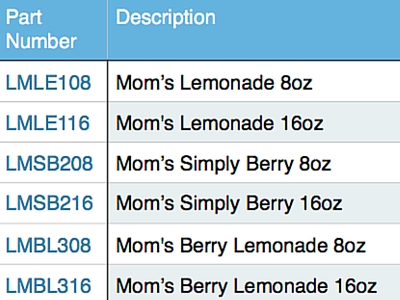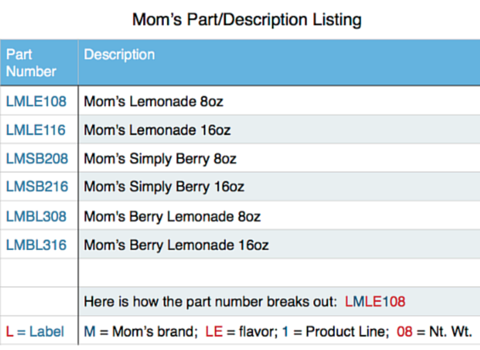
A Guide on How to Create an Inventory Management System
Organization is the name of the inventory management game! No matter how big or small your business is, you need a way to track the items you’re selling. Without this, you could run out of inventory faster than you can restock or have more items than you can sell.
There are two ways you can track your inventory – in a spreadsheet or by using specific inventory management software. No matter which one you choose for your business, there are a few essential steps you must take. Here is our recommendation for how to create an inventory management system that’s strong, reliable and effective.
1. Organize Your Locations
In any inventory management system, organization is vital. Decide on an organizational plan that works for your product line. Then, get to labeling.
Labeling is an important part of the process. Without putting a name and location to each of your items, it’s impossible to track. Label your aisles, rows, columns and shelf numbers. Remember to keep the organization logical so it’s intuitive to anyone who is new to your system.
Here’s a helpful tip. Anywhere you have an open space, use it. Storage space is coveted space, so you want to maximize every last inch.
Once you have your labeling system down, make physical labels to distinguish where each space is. What might make perfect sense to you could confuse others. The easier you make it for people to follow, the more organized you’ll keep your system both offline and online.
2. Describe Your Items
After you’ve created your labeling system for your storage facility, it’s time to create a labeling system for your products.

If you sell various sizes or colors of your products, you’ll need to keep each of them separate. Make your labeling system as descriptive as possible so there is no doubt what is in each box, container or on each pallet. By doing this, your team will be able to track how much you have of each item so there is no confusion when entering it into your inventory management system.
3. Number Your Items
Another way to easily track your items is to give them each part numbers. This is a faster, abbreviated way to distinguish colors, sizes, quantities and other product details. You can reference these numbers on your purchase orders and when your product line grows, you will eliminate confusion and errors when ordering items. You will eliminate wrong items being ordered and your suppliers will thank you.
If you create a number system for your items, be sure to have a clear guide handy to everyone who looks at or inputs data into your inventory management system. This way there is no question about what is what when filling out orders or fulfilling shipments.
Here is a quick example of how this works. Suppose you have six juice products offered in two sizes, here is a quick chart as to how you might lay this out.
Note that each alphanumeric character has meaning.
For most businesses, we recommend keeping your numbering systems to five or six characters maximum. If they get longer than that, they’ll be too hard to read and too confusing.
4. Measurements Matter
Measurements vary depending on the product you’re handling and the way it’s packaged. Although you might have a number system for the measurements of the products themselves, you will also need a numbering system for the storage containers. For example, if you are storing your 750 ml bottles of wine in cases, be sure to define how many bottles are in each case. Again, it might seem intuitive to you but the clearer you are, the less room there is for error.
5. Count Your Stock Levels
After you’ve finished the organization and definition process, it’s time to create a system of counting your stock levels. This is the final step.
Enter your locations, descriptions, numbers and measurements into your inventory management software or spreadsheet. Then, put in the starting count for each item. Verify the starting count closely so you know your system a) works and b) is accurate from day one.
What’s Next?
Whether you use a specific type of software to track your inventory or you use something more basic, such as an Excel spreadsheet, one thing is certain – you need your people to actually use it for it to work.
Question: Will you hold a special training on your inventory management system?
Training your employees on the system you set up is a vital part of the process. Without doing this, you could get too many chefs in the inventory management pot spoiling the system.
In your training, make sure you assign roles to each person who will interact with the system. Let people know who is responsible for each transaction so you don’t risk multiple people making the same changes. It’s also a good idea to describe how to read transactions so everyone who needs to can understand what’s in your inventory and what isn’t. You might need to change your policies to make sure your new system continues to function optimally.

